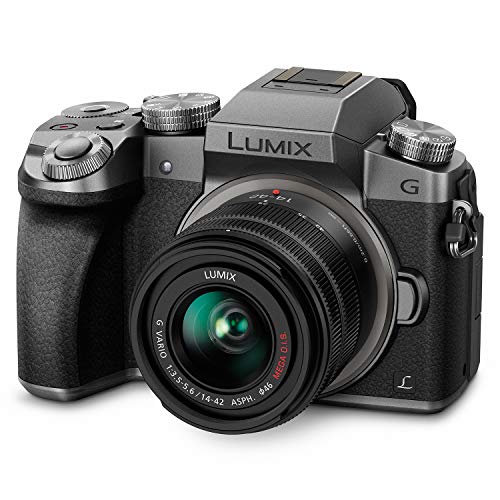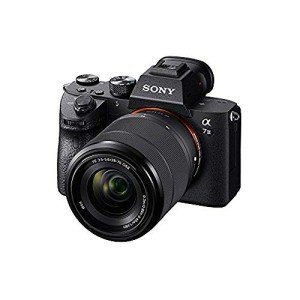The Benefits of Mirrorless Cameras: A Modern Photography Revolution
In recent years, mirrorless cameras have surged in popularity, captivating both amateur photographers and seasoned professionals. Unlike traditional DSLRs (digital single-lens reflex cameras), which rely on a complex system of mirrors and optical viewfinders, mirrorless cameras ditch the mirror mechanism entirely. This fundamental design shift brings a host of advantages that are reshaping the world of photography. Here’s why mirrorless cameras are worth considering for your next creative endeavor.
1. Compact and Lightweight Design
One of the standout benefits of mirrorless cameras is their portability. Without the bulky mirror box and pentaprism found in DSLRs, manufacturers can craft smaller, lighter bodies without sacrificing image quality. This makes mirrorless cameras ideal for travel photographers, street shooters, or anyone who wants to carry less gear without compromising performance. For example, models like the Sony Alpha series or Fujifilm X-T line are significantly easier to tote around than their DSLR counterparts.
2. Superior Autofocus and Speed
Mirrorless cameras often boast cutting-edge autofocus systems, thanks to on-sensor phase detection and contrast detection technology. This allows for faster, more accurate focusing, even in challenging conditions like low light or with fast-moving subjects. Features like eye-tracking autofocus—now standard in many mirrorless models from Canon, Nikon, and Sony—make portrait and wildlife photography a breeze, ensuring tack-sharp results every time.
3. What You See Is What You Get
Unlike DSLRs, which use an optical viewfinder to show an unprocessed view through the lens, mirrorless cameras rely on electronic viewfinders (EVFs) or rear LCD screens. The EVF displays a real-time preview of your image, complete with exposure, white balance, and depth-of-field adjustments. This “what you see is what you get” approach eliminates guesswork, letting photographers fine-tune settings on the fly and capture the exact shot they envision.
4. Video Capabilities That Shine
For videographers, mirrorless cameras are a game-changer. Their compact design houses powerful video features, including 4K (and even 8K) recording, advanced stabilization, and versatile frame rates. Without a flipping mirror, mirrorless cameras can shoot silently—a boon for wedding videographers or documentarians working in quiet environments. Brands like Panasonic Lumix and Sony have become go-to choices for hybrid shooters who blend stills and video seamlessly.
5. Adaptability with Lens Options
While early critics pointed to a limited lens selection, the mirrorless ecosystem has matured rapidly. Native lenses designed for mirrorless systems are now abundant, and with affordable adapters, photographers can mount vintage glass or DSLR lenses with ease. The shorter flange distance (the space between the lens mount and sensor) in mirrorless designs also opens up creative possibilities, allowing for unique lens pairings that DSLRs can’t replicate.
6. Continuous Innovation
Mirrorless technology is relatively new, and manufacturers are pouring resources into its development. This means frequent firmware updates, improved battery life, and cutting-edge features like in-body image stabilization (IBIS) that rival or exceed DSLR capabilities. Companies like Nikon with its Z series and Canon with the EOS R line are betting big on mirrorless, ensuring that users benefit from ongoing advancements.
7. Silent Shooting
The absence of a mirror mechanism doesn’t just reduce size—it eliminates the “click” of a shutter flap. Silent shooting mode is a subtle yet powerful advantage, perfect for capturing candid moments, wildlife, or events where discretion is key. It’s a small detail that can make a big difference in real-world scenarios.
Are There Downsides?
No camera system is perfect. Mirrorless cameras can sometimes lag in battery life compared to DSLRs, as the EVF and sensor are constantly powered. However, newer models are closing this gap with larger batteries and power-saving modes. Additionally, while the initial cost of entry might be steep for high-end mirrorless bodies, the long-term benefits often outweigh the investment.
The Future Is Mirrorless
The shift to mirrorless isn’t just a trend—it’s a transformation. Major manufacturers like Canon, Nikon, and Sony have signaled that mirrorless is their future focus, phasing out DSLR development in favor of this versatile technology. For photographers and videographers seeking a blend of portability, performance, and innovation, mirrorless cameras offer a compelling package.
Whether you’re a hobbyist snapping family memories or a pro chasing the perfect shot, mirrorless cameras deliver the tools to elevate your craft. Lightweight, powerful, and packed with modern features, they’re not just an alternative to DSLRs—they’re the next step forward.



